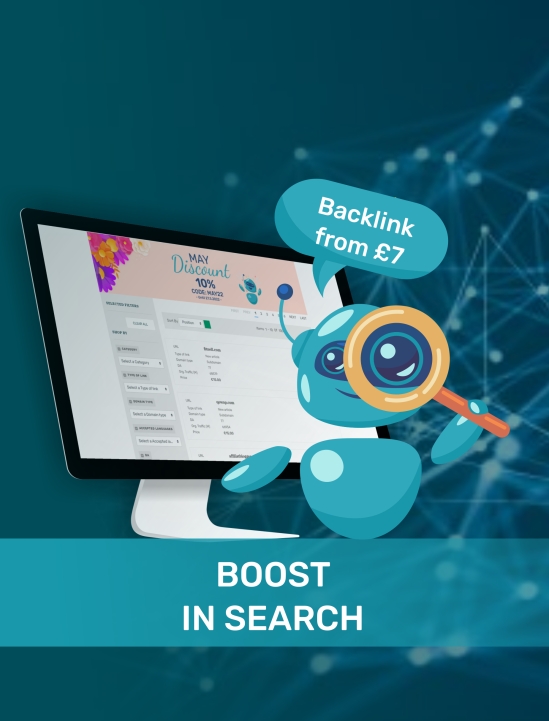A Feasibility Study is one of the most critical tools entrepreneurs and investors can use before launching a project, expanding operations, or applying for funding. It serves as an in-depth assessment of whether a proposed idea or business plan is viable, sustainable, and profitable in the long term. By evaluating technical, financial, operational, and market factors, a well-executed Feasibility Study provides a clear roadmap that minimizes risks and maximizes success potential.
Understanding the Purpose of a Feasibility Study
Before committing significant time or resources, businesses must confirm that their concept makes sense both economically and strategically. A Feasibility Study examines several dimensions:
• Market Feasibility – Determines demand, target audience, competition, and pricing potential.
• Technical Feasibility – Evaluates the operational requirements such as equipment, infrastructure, and logistics.
• Financial Feasibility – Projects costs, funding requirements, ROI, and breakeven analysis.
• Organizational Feasibility – Assesses whether the management and structure can support the project’s goals.
• Legal and Environmental Feasibility – Ensures compliance with all relevant regulations and sustainability standards.
Each of these aspects collectively informs whether the business idea is worth pursuing, needs adjustment, or should be re-designed entirely.
The Role of USDA Feasibility Studies
For agricultural or rural development projects in the United States, a USDA Feasibility Study is often required to qualify for grants and loan programs under the U.S. Department of Agriculture. This study must meet specific USDA standards that demonstrate the project’s capacity to create jobs, promote rural growth, and sustain itself financially.
A USDA Feasibility Study typically includes:
• Detailed market and supply chain analysis of agricultural products or food processing ventures.
• Environmental impact and land use evaluation.
• Comprehensive financial projections reviewed by certified economic analysts.
• Documentation showing how the project aligns with USDA’s economic development goals.
This level of scrutiny ensures that taxpayer-funded programs support projects with realistic potential and measurable community benefits.
The Importance of SBA Feasibility Studies for Entrepreneurs
Entrepreneurs and small business owners often turn to the U.S. Small Business Administration for financial support. An SBA Feasibility Study helps determine whether a startup or business expansion can meet the criteria for SBA-backed loans. It demonstrates to lenders and investors that the business has a clear understanding of its market, operations, and profitability prospects.
An SBA Feasibility Study includes:
• A full business model outline and competitive positioning.
• Risk assessment with mitigation strategies.
• Detailed capital requirements and cash-flow projections.
• Sensitivity analysis showing how the business would perform under different market conditions.
With this level of insight, both lenders and business owners gain confidence in the project’s sustainability and repayment potential.
Benefits of Conducting a Feasibility Study
A Feasibility Study offers more than just approval for funding—it is an invaluable decision-making tool. Among its key advantages are:
• Risk Reduction: By identifying weaknesses early, businesses avoid costly mistakes.
• Strategic Clarity: Helps refine objectives, focus efforts, and allocate resources effectively.
• Investor Confidence: Provides tangible evidence of viability and profitability.
• Operational Planning: Outlines clear steps for implementation and scaling.
• Funding Eligibility: Essential for meeting the requirements of USDA, SBA, or private investors.
Whether for a new agricultural initiative, a small business expansion, or a multimillion-dollar infrastructure project, conducting a Feasibility Study is a non-negotiable first step. A USDA Feasibility Study ensures that rural projects contribute to community development, while an SBA Feasibility Study gives entrepreneurs a strong foundation for obtaining financial backing. In every case, the process empowers decision-makers with accurate insights, strategic foresight, and the confidence to move forward with purpose and precision.



